Space Weather Forecast
Conditions in the Solar Wind and the Interplanetary
Magnetic Field, measured
by satellites roughly 45 minutes "upstream" or "sunward" of Earth, provide
us with early warning of storms headed towards our planet.
The dials below are maintained by scientists
from Rice University using data from the ACE
spacecraft.
 Space Weather
Space Weather
 Space Weather Today
Space Weather Today
You might also be interested in:
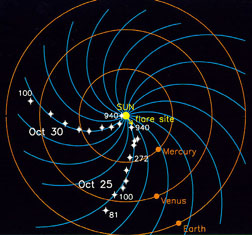
IMF stands for Interplanetary Magnetic Field. It is another name for the Sun's magnetic field. The Sun's magnetic field is enormous and is carried by the solar wind. The solar wind and magnetic field are
...more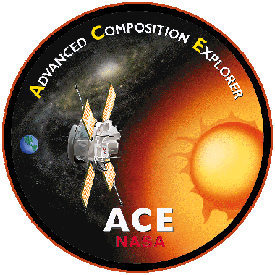
The ACE (Advanced Compostion Explorer) was launched aboard a Delta II rocket in August 1997. This unique NASA mission will run a minimum of 2 years (with an expected lifetime of over 5 years). This mission
...more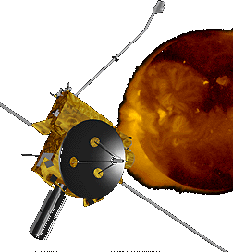
Scientists combine various techniques to study space weather. Earth-based and orbiting telescopes constantly observe the Sun in many different wavelengths. Both satellites and ground-based instruments
...more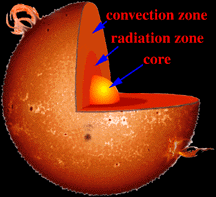
What are the "parts" of the Sun? The photosphere, the visible "surface" of the Sun, defines the outermost boundary of the "inside" of the Sun. The three main regions of the
...more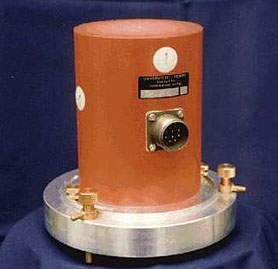
Scientists use a broad array of techniques and instruments to make the measurements needed for space weather investigations. Telescopic observations via spacecraft and ground-based observatories provide
...more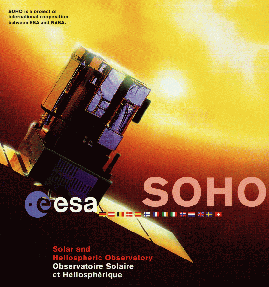
Observations by Earth-orbiting satellites and other spacecraft have revolutionized our understanding of the Sun and space weather in recent years. A host of spacecraft provide a flood of information about
...more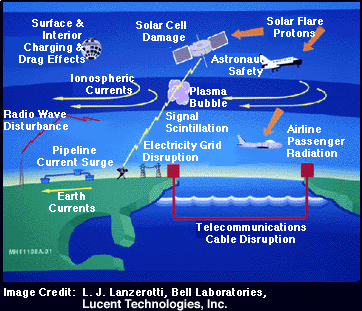
Although space weather forecasts are not normally featured on the evening news, space weather does impact life on Earth in many ways. Our modern, technologically complex systems - including communications,
...more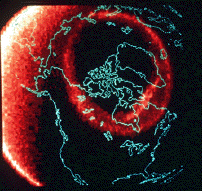
The study of space weather is a relatively young science. As such it has many unanswered questions and unsolved mysteries. Although some of our data relevant to space weather, such as sunspot counts, go
...more





















